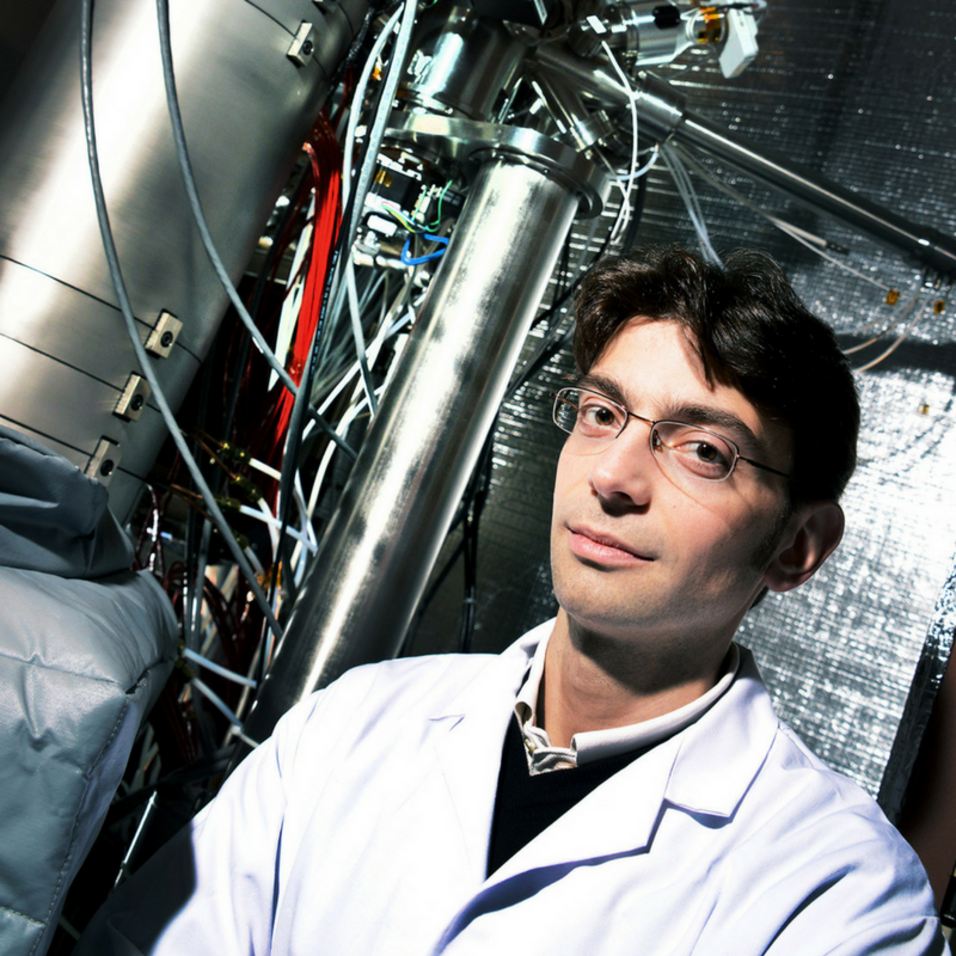Vienna Physics Colloquium with:
Quentin Ramasse
Director of the SuperSTEM laboratory
Quentin Ramasse is the director of the SuperSTEM laboratory and Associate Professor at the University of Leeds, UK. After completing his Ph.D. in Physics at Cambridge University, he moved to the National Center for Electron Microscopy in Berkeley, U.S.A., where he worked on the characterization of advanced materials for renewable energy research and led instrument development within the TEAM project. His research interests comprise both methodological and practical aspects of analytical scanning transmission electron microscopy in the domain of renewable energy research and two-dimensional materials.
From phonons to core losses in real and momentum spaces with sub 20 meV monochromated STEM-EELS
A new generation of electron beam monochromators has recently pushed the energy resolution of (scanning) transmission electron microscopes deep into the sub 20 meV range, allowing to explore the phonon region of the EELS spectrum. This will be illustrated on a number of systems studied using a Nion UltraSTEM100MC ‘Hermes’ instrument recently installed at the SuperSTEM Laboratory. The different phonon excitations in EELS for the cubic and hexagonal phases of boron nitride can be better understood by observing the dependence of the phonon peak under different optical conditions and mapping the energy of the peaks in momentum space. Similarly, the low loss spectrum of carbon nanotubes contains a variety of characteristic losses which are of great importance to understand their electronic behavior. The band gap of semi-conductors is known to be strongly affected by structural variations. Local compositional changes in Cu(InGa)Se2 solar cell absorber layers lead to subtle band gap changes, and we show how the increased energy resolution can provide an increased precision on these nm-scale measurements. We also highlight how peaks associated with excitonic effects in MoS2 exhibit a clear spatial dependence at step edges and on terraces of varying thicknesses.
Monday, 24 April 2017, 17:30
(Get together from 17:00 onwards with coffee and snacks)

